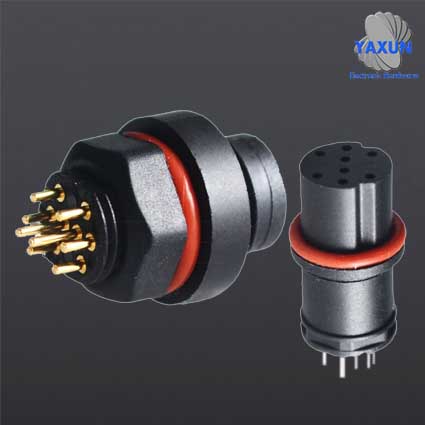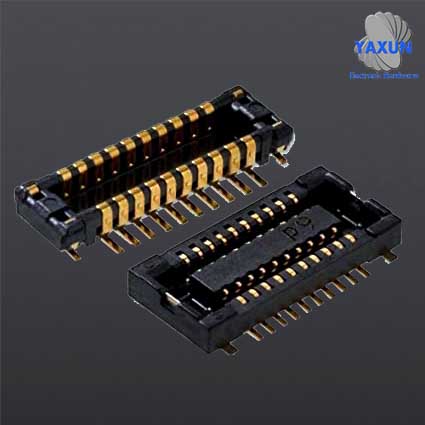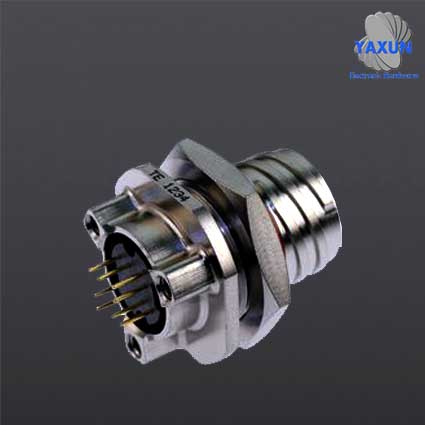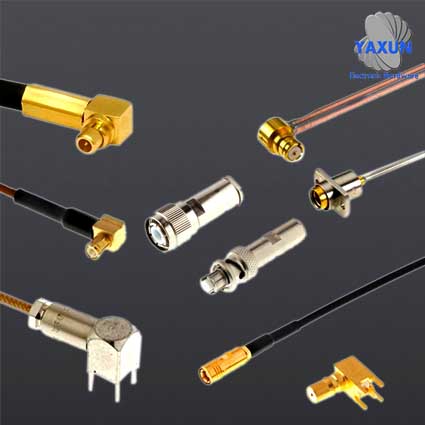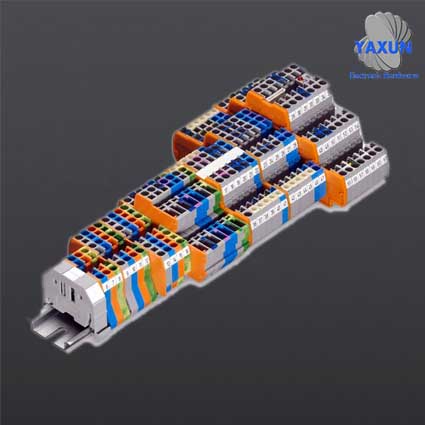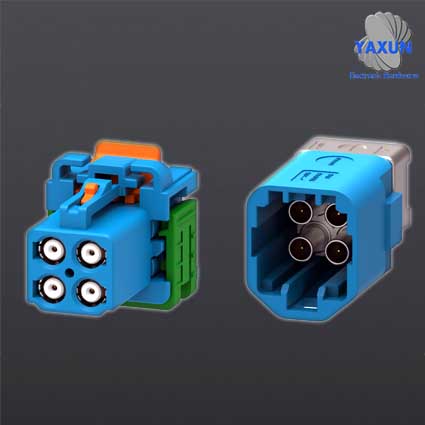How the choice of connectors?
- PRODUCT DETAIL
The selection principle of the connector
When selecting the correct connector for a specific circuit or a specific location in a system, a useful sequence can be considered. Although manufacturers provide detailed specifications for their products, it is still difficult to choose the best choice for a given circuit or system. The following logical method can provide great help in selection.The selection principle of the connector
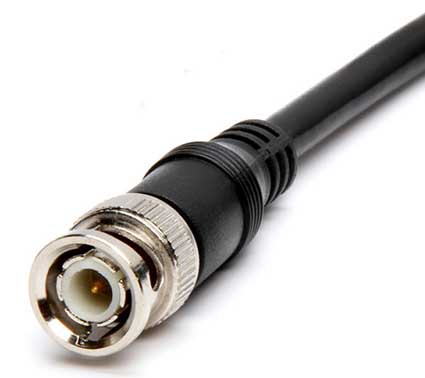
1. What is the application of the connector:
The first step in choosing a connector may be to determine the purpose of the connector. Such as: board to board, cable to circuit board, cable to chassis, etc. It is to determine many characteristics of the connector.
When selecting the correct connector for a specific circuit or a specific location in a system, a useful sequence can be considered. Although manufacturers provide detailed specifications for their products, it is still difficult to choose the best choice for a given circuit or system. The following logical method can provide great help in selection.The selection principle of the connector

1. What is the application of the connector:
The first step in choosing a connector may be to determine the purpose of the connector. Such as: board to board, cable to circuit board, cable to chassis, etc. It is to determine many characteristics of the connector.
2, Consider the current characteristics of the product:
The current level required by the connector will tend to control many overall characteristics. Low-current connectors are often very different from those required to carry high currents. The current that the connector needs to carry is one of the most important factors in choosing a connector. If high current levels are envisaged, then certain types of connectors will be suitable, and these connectors tend to be large;
And in cases where a smaller current level is required, a smaller connector can be used.
3. Check the required space and shape:
The shape and space available for the connector will also play an important role in the decision-making process. It usually controls the type of connector used.
4. Environmental requirements:
Environmental requirements can play an important role in choosing any connector. Many connectors are only suitable for benign environments. And some connectors may need to be operated under conditions such as harsher temperature, humidity, and vibration. In some cases, it may be necessary to seal the connector to reduce the influence of moisture ingress. Sometimes connectors need to be waterproof, not just moisture. These need to be considered as part of the decision-making process.
Environmental requirements can play an important role in choosing any connector. Many connectors are only suitable for benign environments. And some connectors may need to be operated under conditions such as harsher temperature, humidity, and vibration. In some cases, it may be necessary to seal the connector to reduce the influence of moisture ingress. Sometimes connectors need to be waterproof, not just moisture. These need to be considered as part of the decision-making process.
Some connectors are unlikely to experience considerable vibration, but those that need to be protected from vibration need to have a restraint, a locking mechanism, or some way to ensure they do not disengage. Push-in connectors may be suitable for office or laboratory equipment. But the connectors that often vibrate and move in the vehicle need to fit firmly and maintain a firm connection. It should also be remembered that the device will experience some vibration when it is delivered, and anti-vibration connectors should be selected and this should be kept in mind.
5. Strain relief:
Most connectors either have some form of strain relief or can be used as a standard of choice. In places where vibration is likely to occur or connectors need to be connected and disconnected, strain relief is especially required.
5. Strain relief:
Most connectors either have some form of strain relief or can be used as a standard of choice. In places where vibration is likely to occur or connectors need to be connected and disconnected, strain relief is especially required.
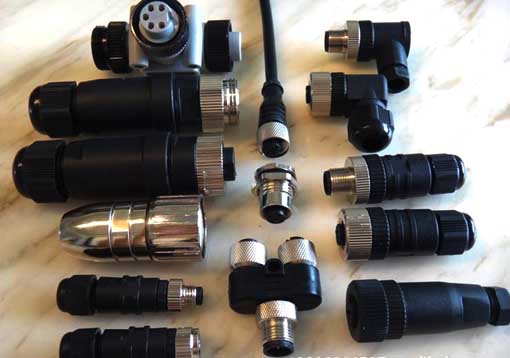
6. EMC and screening:
In some cases, shielding is required, especially for EMC requirements. Some connectors can choose to perform additional filtering, or they may already be included.
7. Voltage considerations:
It is always wise to check the voltage rating of the connector, especially when high voltages are used. In some cases, it may be necessary to leave floating pins around any high voltage carrying pins.

